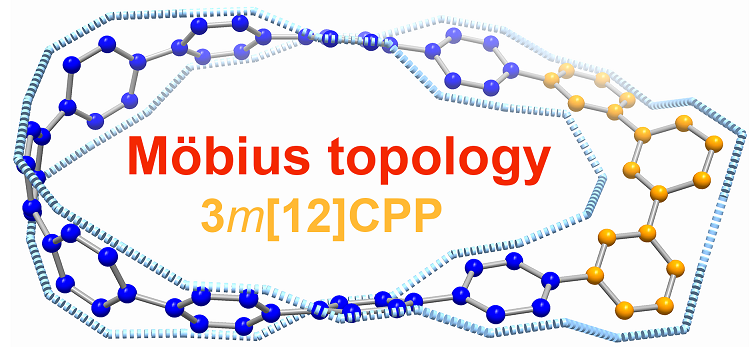Isolation of a carbon nanohoop with Möbius topology
Submitted by Jun Zhu on Fri, 03/19/2021 - 09:08
Carbon nanohoop, a class of constrained molecular architecture consisting of linked arene units, has attracted considerable interest from both experimental and theoretical chemists due to their synthetic challenge and aesthetic architectures. Another fascinating and synthetically challenging species, the Möbius-type molecule, has been attracting the scientific community with its elegant structure and aromaticity. Thus, combining two things together, synthesizing a carbon nanohoop with Möbius topology remains more challenging to date.

